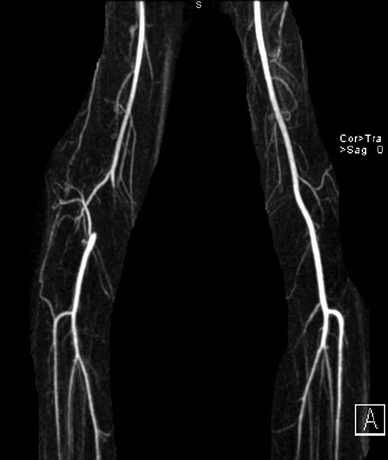
If the pulses are different, you are feeling the patient's pulse with your right hand. If there is confusion about whether you are feeling the patient's pulse or your own pulse, you can palpate the patient's pulse with your right hand and use your left hand to palpate your own right radial pulse. It is important that the patient's socks or stockings be removed when the examiner assesses the peripheral pulses of the lower extremities. Figure 15-12 Technique for palpation of the dorsalis pedis arteries. A, Correct position of the hands from the front. Position the cuff over the lower half of the patients calf. B, View from behind the popliteal fossa.įigure 15-11 Technique for palpation of the popliteal artery. Auscultation Method Palpate the dorsalis pedis or posterior tibial artery for a pulse. When this pulse is absent or weak, it may be a sign of obstruction of the femoral artery. As you can see, both hands are often used.

This means that it is not uncommon to need to press deeply between the gastrocnemius muscle heads to feel the pulse. Often, the popliteal pulse is obscured by the gastrocnemius muscle. I agree, this can be the hardest pulse to find. You also need more pressure palpating for this artery. A, Correct position of the hands from the front. Though its position deep within the popliteal fossa makes it difficult to access, in medical practice its pulse can be felt by having the patient lay down and raise a flexed knee keeping other muscle groups relaxed. The popliteal pulse can be felt behind the knee, toward the lateral aspect of the popliteal fossa. The popliteal is best palpated with the patient prone (face down on stomach) and the knee flexed, again use the 'crease' inside the knee as a reference and walk your fingers slowly from the outside in. The following is the most widely accepted grading system:įigure 15-11 Technique for palpation of the popliteal artery. While measuring the pulse the rhythm, amplitude and rate of the pulse are noted. The pulse so observed is not due to pulsing of blood through the arteries, but it is the shock wave that travels along the artery when heart contracts. The description of the amplitude of the pulse is most important. The popliteal artery flows through the back of the knee.


 0 kommentar(er)
0 kommentar(er)
